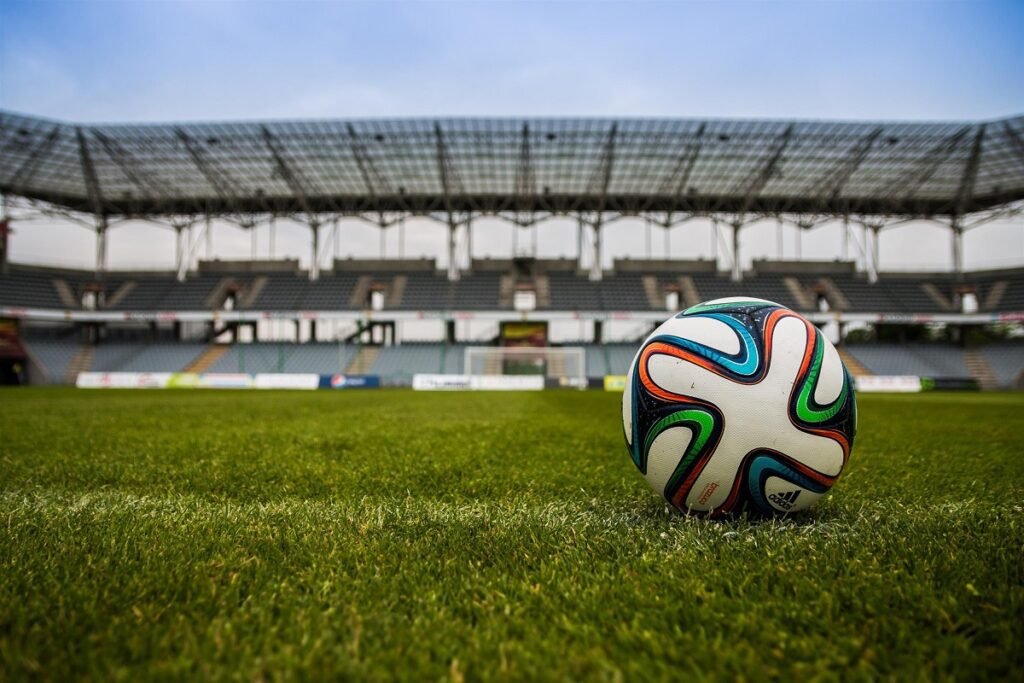Introduction :
Sports injuries are a common occurrence in the world of sports and can have a significant impact on an athlete’s career. Injuries can range from minor to severe and can have both short-term and long-term effects on an individual’s physical, mental, and emotional state. They can also affect the athlete’s performance and even the entire team. The Impact of Injuries in Sports is an important topic to consider, as it highlights the risks of participation and the importance of proper safety and injury prevention measures.

What causes injury in sports?
Injuries are a common occurrence in sports, and there are many different causes that can lead to physical harm. Poor technique, inadequate warming up, and insufficient rest can all increase the risk of injury, as can contact with other players, medical conditions, and a lack of protective equipment. Poor physical condition can also increase the chance of injury, as can fatigue, dehydration, and environmental factors such as ground or air temperature. No matter the cause, an injury can have a lasting impact on an athlete’s physical and mental well-being.
How does Sports injury impact your life?
Sports injuries can have a significant impact on one’s life. Depending on the severity of the injury, it can lead to physical pain, emotional distress, and financial hardship. Physical pain from an injury can limit one’s ability to participate in physical activities, or even cause long-term chronic pain. Emotional distress can lead to anxiety and depression, as well as a decreased sense of self-worth. Financial hardship can result from medical bills, lost wages due to time off work, and even the cost of rehabilitation. In addition, an injury can also cause a person to miss out on important events and activities, including sports seasons, work opportunities, and even social gatherings.

Sports That Cause The Most Injuries ?
1. Football
Football is a contact sport, meaning players are at risk of body contact with other players or the ground. This can cause serious injuries due to the sheer force of the collisions, as well as players being tackled and/or thrown to the ground. Additionally, football players are often encouraged to play aggressively, which increases the chances of injury. Poor technique and lack of protective gear can also contribute to the high rate of injuries in football.
2. Basketball
Basketball is a high-impact sport that requires a great deal of physical contact, speed, agility, and coordination. The combination of these elements leads to a high rate of injury. Players are often moving quickly and colliding with each other or the court at a high speed, which can cause sprains, strains, bruises, fractures, and even concussions. Additionally, the repetitive nature of the sport places a great deal of stress on the muscles and joints, leading to overuse injuries.
3. Soccer
Soccer causes the most injuries because it is a high-intensity contact sport with a lot of running and physical contact between players. It involves a lot of sudden starts and stops, which can put a lot of strain on the body. Additionally, when players get tackled or fall, they can easily twist or turn in odd ways, leading to sprains or other injuries.
4. Hockey
Hockey causes the most injuries due to its combination of physical contact, high speeds, and sharp equipment. The contact between players, including body checking and fighting, can result in serious contact injuries such as sprains, strains, fractures, and concussions. Hockey players also move quickly around the rink, making them susceptible to falls, collisions, and other impact injuries. Finally, the sharp blades on players’ skates and sticks can cause cuts and other lacerations.

5. Skiing/Snowboarding
Skiing and snowboarding are physical activities that involve an element of risk. Skiing and snowboarding involve navigating down a hill at high speeds, which can lead to falls and collisions with other skiers and snowboarders, as well as with objects on the mountain. The icy and unpredictable nature of the snow can also lead to slips and falls. The combination of speed, terrain, and weather can all contribute to the potential for injury. Additionally, ski and snowboard equipment can be difficult to use and maintain, leading to an increased risk of injury.
6. Cheerleading
Cheerleading is one of the most physically demanding sports and can involve stunts, tumbling, and jumps that require extreme flexibility and strength. Without proper training and safety precautions, it can be easy to get injured. Additionally, the high-impact nature of cheerleading can cause stress on the body, leading to injuries such as sprains, strains, and fractures. Finally, the intense competition between cheer teams can lead to inappropriate coaching and competition techniques, which can further increase the risk of injury.
7. Volleyball
Volleyball can cause a variety of different injuries due to the intensity of the sport. The combination of running, jumping, diving, and quick turns can put a lot of strain on the body. The repetitive motions can also lead to overuse injuries such as tendonitis and joint pain. Additionally, physical contact between players can lead to muscle pulls, sprains, and other acute injuries.
8. Gymnastics
Gymnastics is one of the most challenging and demanding sports, and the risk of injury is a reality for all athletes. The combination of high-intensity movements, complex techniques, and extreme body control required in the sport can lead to injuries if not done correctly. Additionally, the physical demands of training and competing, as well as the high-level of skill needed to perform gymnastics, can put the body at risk of overuse or repetitive strain injuries. Finally, the nature of the sport itself can contribute to injury, as the shape of the equipment, such as the bars and beams, can cause falls and collisions with other gymnasts.
9. Baseball/Softball
Baseball and softball cause the most injuries due to the amount of time players are in play. In baseball and softball, players are typically in play for longer periods of time than in other sports, meaning they are more susceptible to injuries due to fatigue and overexertion. Additionally, the nature of the sport and the quickness with which the ball can be thrown or batted make it difficult to react quickly and avoid injuries. Finally, the nature of the sport often leads to players throwing and swinging with greater intensity than in other sports, again making it more likely for injuries to occur.
10. Running/Jogging
Running/jogging can cause injuries due to the repetitive nature of the exercise. The constant impact of the feet on the ground can cause stress on the knees, ankles, and feet. The repetitive motion of running can also lead to overuse injuries such as tendonitis, shin splints, and stress fractures. Improper form and technique, as well as an inadequate warm-up, can also increase the risk of injury. Additionally, running on hard surfaces such as concrete can increase the risk of injury.

Conclusion :
Injuries are a part of sports and can have a significant impact on both the athletes and teams. Injuries can lead to decreased performance and can also have emotional and financial implications for the athletes and teams. Proper prevention and treatment of injuries is essential for the success of athletes and teams. With the right approach, athletes and teams can minimize the impact of injuries on sports and maximize their performance.













